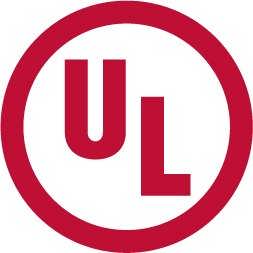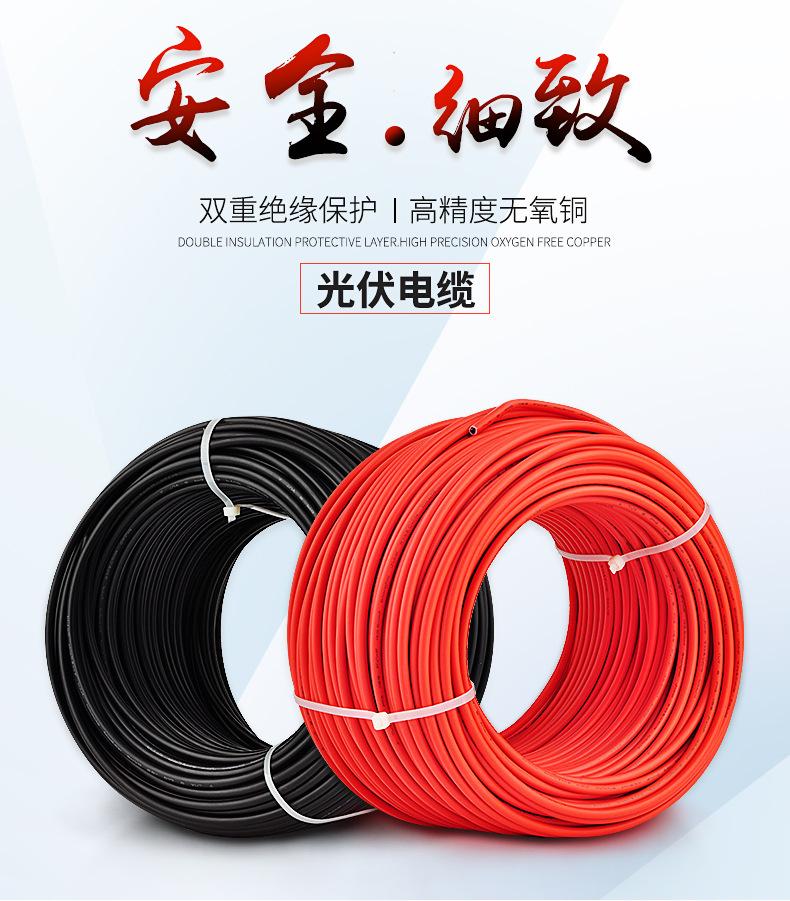Ul is the abbreviation for Underwriters Laboratories Inc. in the United States. The UL Safety Testing Institute is the most authoritative organization in the United States and also one of the largest civilian organizations in the world engaged in safety testing and certification. It is an independent, for-profit professional organization that conducts experiments for public safety. It adopts scientific testing methods to study and determine whether various materials, devices, products, equipment, buildings, etc. pose a threat to life and property, and to what extent; Determine, write, and distribute corresponding standards and materials that help reduce and prevent losses to life and property, while conducting factual research services. UL certification is a non mandatory certification in the United States, mainly for testing and certification of product safety performance, and its certification scope does not include the EMC (electromagnetic compatibility) characteristics of the product.

(1) Why do companies need to obtain UL certification?
1. The entire US market places great emphasis on product safety; When consumers and purchasing units choose products, they will choose products with UL certification marks.
2. UL has a history of over 100 years, and its safety image is deeply rooted in consumers and governments. If you do not directly sell products to consumers, intermediaries will also require products to have UL certification marks to make them popular.
3. American consumers and purchasing units have more information about a company's products.
4. More than 40000 federal, state, county, and municipal governments in the United States recognize the UL certification mark.
(2) UL certification - UL4703 certification scope for photovoltaic lines:
2.1 ul4703 covers single core, insulated and integral or non integral sheathed, sun resistant, rated voltage of 90 degrees, 105 degrees, 125 degrees or 150 degrees dry, 90 degrees wet, 600, 1000, or 2000V, used for interconnection wiring of grounded and ungrounded photovoltaic power systems, as described in Article 690 Part IV, "Wiring Methods," and other applicable parts of National Electrical Code (NEC) NFPA70.

(3) Materials to be submitted
1. Product Name: Provide the entire process of the product.
2. Product Model: List in detail all required product models, varieties, or classification numbers for experimentation.
3. Product nameplate: including product model, electrical parameters, manufacturer information, production date, and UL identification.
4. Product intended use: Assumption: Home appliances/commercial, indoor/outdoor, etc.
5. Parts List: List in detail the components and models (file numbers), rated values, and manufacturer names that make up the product.
6. Electrical performance: For electronic and electrical products. Provide electrical schematic (circuit diagram), PCBLAYOU
7. Structural diagram: For most products, a structural diagram or exploded diagram, ingredient list, etc. of the product must be provided.
8. Product user manual and installation manual, etc.
9. UL specific application form corresponding to specific products.
Phone:002348038218556
Address:68, TINUBU STR, ITA-EKO ABEOKUTA, OGUN STATE, NIGERIA